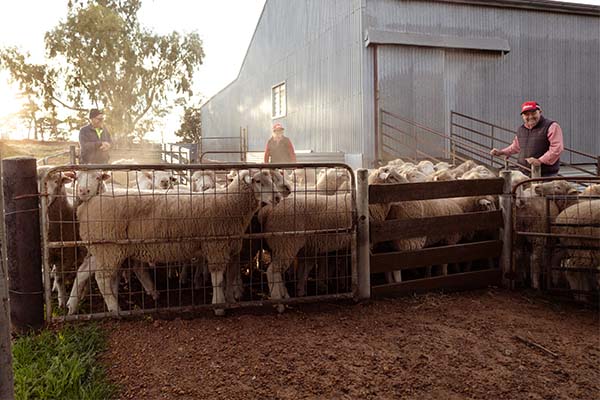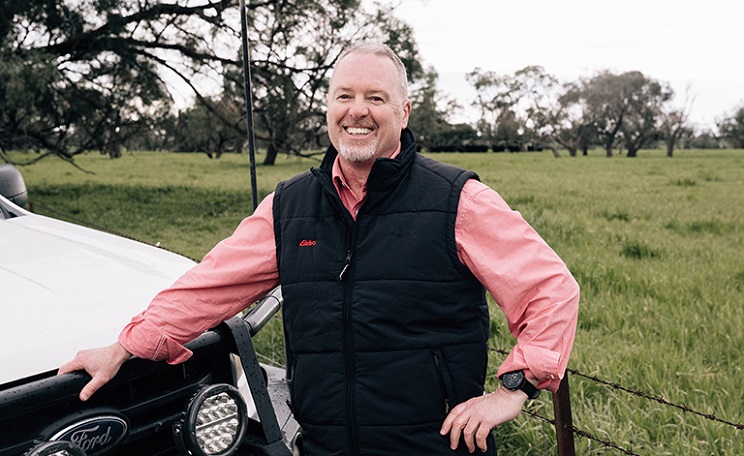Current wet weather and rising temperatures are creating the perfect storm for sheep parasites to take control. Elders Senior Livestock Production Specialist Mark Dearing explains three of the major threats and why it’s time to act now.

Flies
Preventing flystrike can be done in several ways.
Management practices such as shearing, crutching, and worm management decrease the areas of damp or urine-stained wool and dag build up around the breech, which provide the ideal site for the adult blowfly to lay her eggs. The use of chemical compounds prior to, or at the first sight of blowflies, also has the potential to decrease fly pressure.
When considering which item to use, consider how long you want coverage for, the timing of the application, and of course, any withholding periods or export slaughter intervals on products, especially on terminal lambs or cull ewes.
Lice
Prevention is better than cure. The opportunity to eliminate lice is with “off-shears” backliners. Shearing itself can remove up to 80 per cent of lice with the fleece.
When selecting a treatment product, consider selecting a treatment for lambs as well. If lambs are born before all adult lice are dead, they can become infested and reinfest ewes.
Also ensure to check on various product protective periods and withholding periods. Rotating chemical groups is vital to avoid the development of resistance. This is relevant to all of the parasite treatments.
Worms
Roundworms prefer cool, moist conditions, so are in their highest numbers in winter and spring.
Minimising your use of drenches is critical to reducing worm chemical resistance. For this reason, a Faecal Egg Count (FEC) is the best option to determine the presence of worms and if the burden is high enough to warrant drenching. A second FEC performed 14 days after a drench can be used to indicate the reduction in worm numbers and therefore the efficacy of a drench. This is valuable information that can guide your worm control program and chemical choice. Many Elders branches offer a FEC service.
Disclaimer - important, please read:
The information contained in this article is given for general information purposes only, current at the time of first publication, and does not constitute professional advice. The article has been independently created by a human author using some degree of creativity through consultation with various third-party sources. Third party information has been sourced from means which Elders consider to be reliable. However, Elders has not independently verified the information and cannot guarantee its accuracy. Links or references to third party sources are provided for convenience only and do not constitute endorsement of material by third parties or any associated product or service offering. While Elders has exercised reasonable care, skill and diligence in preparation of this article, many factors including environmental/seasonal factors and market conditions can impact its accuracy and currency. The information should not be relied upon under any circumstances and, to the extent permitted by law, Elders disclaim liability for any loss or damage arising out of any reliance upon the information contained in this article. If you would like to speak to someone for tailored advice specific to your circumstances relating to any of the matters referred to in this article, please contact Elders.

